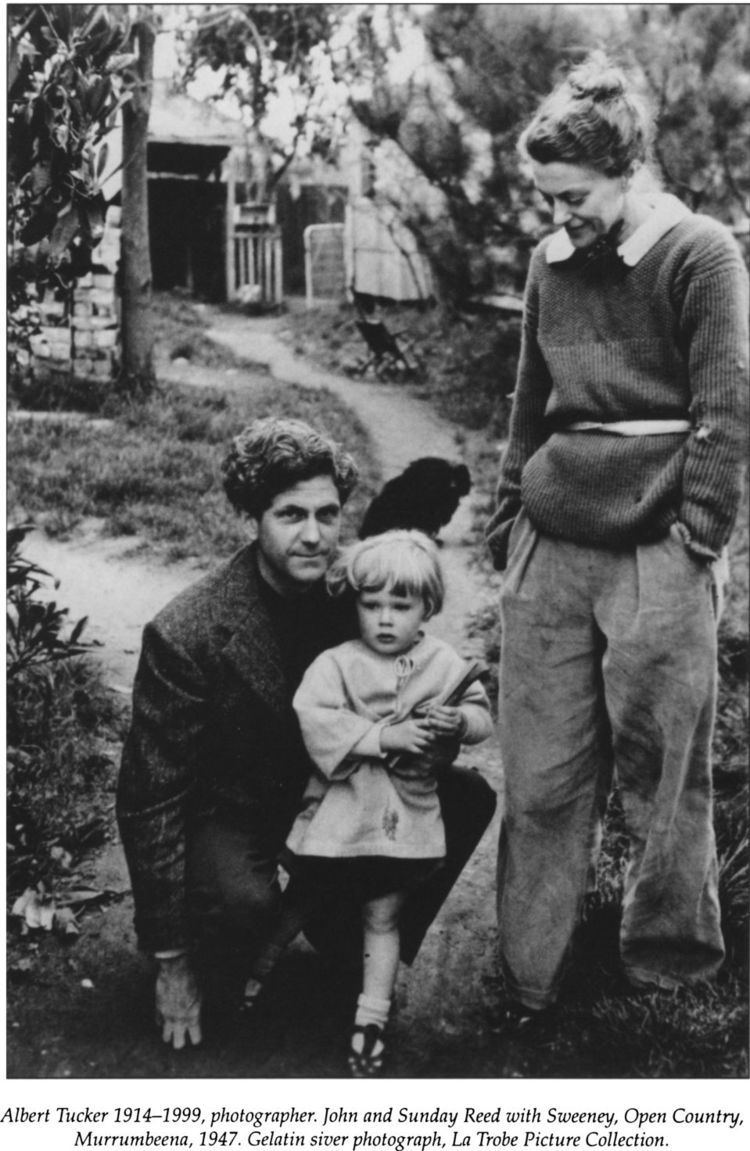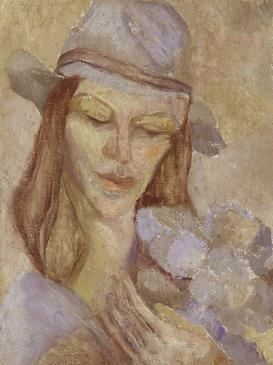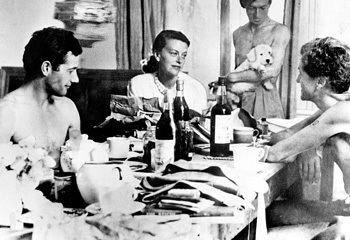Children Sweeney Reed (adopted) Name Sunday Reed | Role Art collector Spouse John Reed (m. 1932) | |
 | ||
Full Name Lelda Sunday Baillieu Occupation Art collector and patron Died December 15, 1981, Victoria, Australia Education St Catherine's School, Toorak Similar People Sidney Nolan, Joy Hester, Albert Tucker, John Perceval, Janine Burke | ||
Sunday Reed (born Lelda Sunday Baillieu) (15 October 1905 – 15 December 1981) was notable for supporting and collecting Australian art with her husband John Reed.
Contents

Personal history

Born on a Sunday, Sunday Reed was the daughter of Arthur Sydney Baillieu (1872–1943) and his wife, Ethel Mary née Ham (1875–1932). Her parents had married in 1899 and had three other children. She was a member of Melbourne's Baillieu family – the niece of William Baillieu, one of Australia's richest men. She grew up in Toorak and Sorrento. Mostly educated at home, she also attended St Catherine's School, Toorak.

She married an Irish-American Catholic, Leonard Quinn, on 31 December 1926. The marriage lasted three years. She married John Reed on 13 January 1932.
In the 1930s, Sunday studied art under George Bell in his Bourke Street Studio School in Melbourne. Her only remaining work is a landscape drawing, showing her skill with colour and form.
In 1934, the Reeds purchased a former dairy farm on the Yarra River at Bulleen, a suburb of Melbourne, which became known as Heide. The talented artists at Heide "helped shape Australian art from the 1930s on." The Reeds lived on the property until their deaths in 1981, a short time after the property became the Heide Museum of Modern Art, still popularly known as Heide.
Sunday was unable to have children following a hysterectomy. The Reeds took over care of and eventually adopted Joy Hester's child Sweeney after Hester was diagnosed with Hodgkin's Lymphoma in the 1940s.
John Reed died on 5 December 1981. Sunday Reed died ten days later, on 15 December.
Sunday Reed was the aunt of Ted Baillieu, who in 2010 became Premier of Victoria.
Patron of the arts
A number of modernist artists came to live and work at Heide at various times during the 1930s, 40s and 50s, and it became the place where many of the most famous works of the period were painted. These artists were known as the Heide Circle and included Sam Atyeo and his wife Moya Dyring, Albert Tucker, Sidney Nolan, Joy Hester (Hester and Tucker married in 1941), John Perceval, Laurence Hope among others, all worked at Heide. Nolan painted his famous series of Ned Kelly works in the living room there.
The Heide Circle is well known for the intertwined personal and professional lives of the people involved. Sam Atyeo had an affair with Sunday and his wife Moya Dyring had an affair with John. Art historian Janine Burke has suggested that Sunday and Nolan had a close collaborative and inspiring relationship. She writes that Sunday helped Nolan to find his artistic voice and in the process she developed from being a studio assistant to painting sections of the works, in particular the red and white squares in The Trial. "The Kellys are Sunday and Nolan's swansong," Burke writes, "the last brilliant burst of their creative duet." Burke's evidence is convincing because she discovered, in the collection of the Museum of Modern Art at Heide, a small watercolour by Nolan, dedicated to Sunday, that reads, "For the one who paints such beautiful squares" (c.1946–1947). Kendrah Morgan, curator at Heide MoMA, recently confirmed Burke's thesis in the programme Can We Help? (ABCTV, July 2009).
Nolan left the famous 1946–47 series of 27 Ned Kelly pictures at Heide, when he left it in emotionally charged circumstances in 1947. He had lived in a ménage à trois with the Reeds for several years and although he spoke to them, and visited Heide, but once again in their lifetimes, the years there together has been seen as a dominating factor in the subsequent lives of them all. Although he once wrote to Sunday Reed to tell her to take what she wanted, he subsequently demanded all his works back. Sunday Reed returned 284 other paintings and drawings to Nolan, but she refused to give up the 25 remaining Kellys, partly because she saw the works as fundamental to the proposed Heide Museum of Modern Art. She gave them to the National Gallery of Australia in 1977, which resolved the dispute.
The relationship between Sunday Reed and Nolan is the basis for Alex Millr's 2011 novel "Autumn Laing".
Philippe Mora's film "Absolutely Modern" premiered in 2013. Based on 1940s Heide, it tells of Modernism, the female muse and the role of sexuality in Art.
David Rainey’s 2014 play "The Ménage at Soria Moria" is a fictitious performance piece exploring the relationship between the Reeds and Sidney Nolan – both the heady days at Heide during the 1940s, and the less well known degeneration over the next 35 years.
In the 1950s, Heide was once again the centre of a brilliant circle of younger artists and poets. Friends from that period include Charles Blackman, Robert Dickerson, Judith Wright, Barrett Reid, Charles Osborne, Laurence Hope and Nadine Amadio. Sunday was the first person to extensively buy Blackman's work. In the 1960s, Sweeney Reed, Joy Hester's son, whom Sunday and John had adopted, was a young gallery director. He invited his circle of artist and poet friends to Heide who included Les Kossatz, Allan Mitelman, Shelton Lea and Russell Deeble.
Namesakes
Nicole Kidman and Keith Urban named their daughter, Sunday Rose, born in 2008, after Reed. Dr Antony Kidman, Ms Kidman's father, suggested the name.
